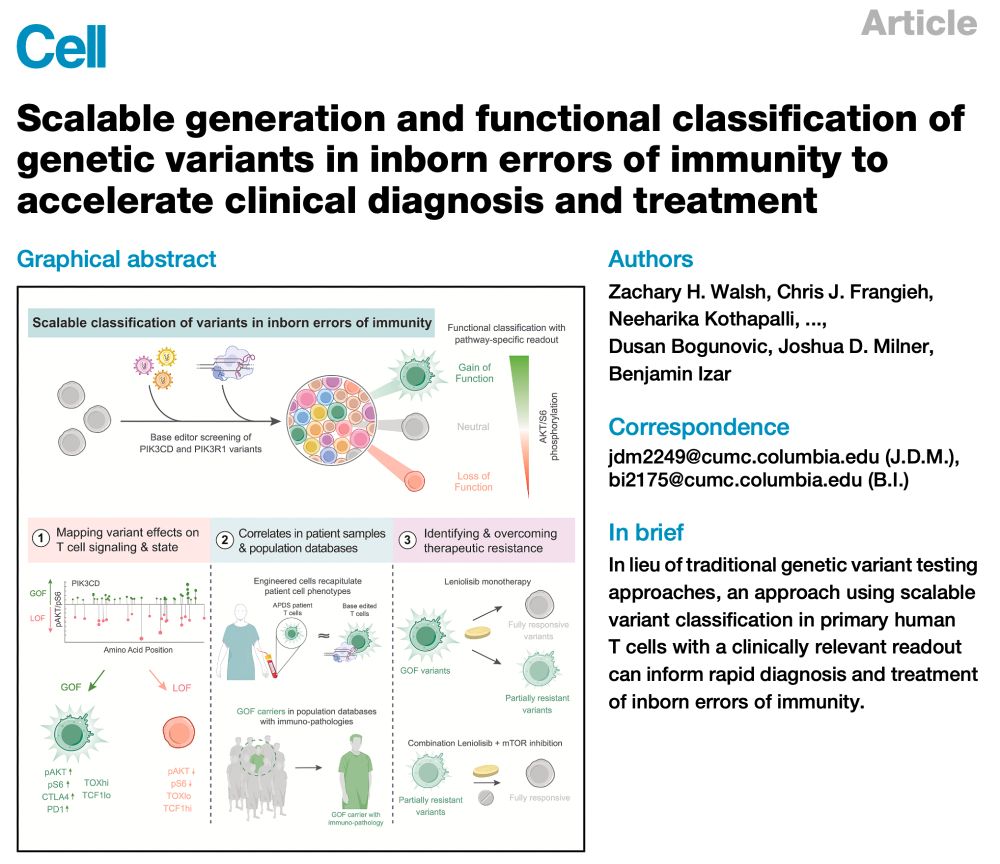Zach Walsh
@zwalsh96.bsky.social
18 followers
31 following
13 posts
md/phd candidate at columbia // t cell engineering
Posts
Media
Videos
Starter Packs
Pinned
Zach Walsh
@zwalsh96.bsky.social
· Jul 2
Zach Walsh
@zwalsh96.bsky.social
· Jul 2
Zach Walsh
@zwalsh96.bsky.social
· Jul 2
Zach Walsh
@zwalsh96.bsky.social
· Jul 2
Zach Walsh
@zwalsh96.bsky.social
· Jul 2
Zach Walsh
@zwalsh96.bsky.social
· Jul 2







